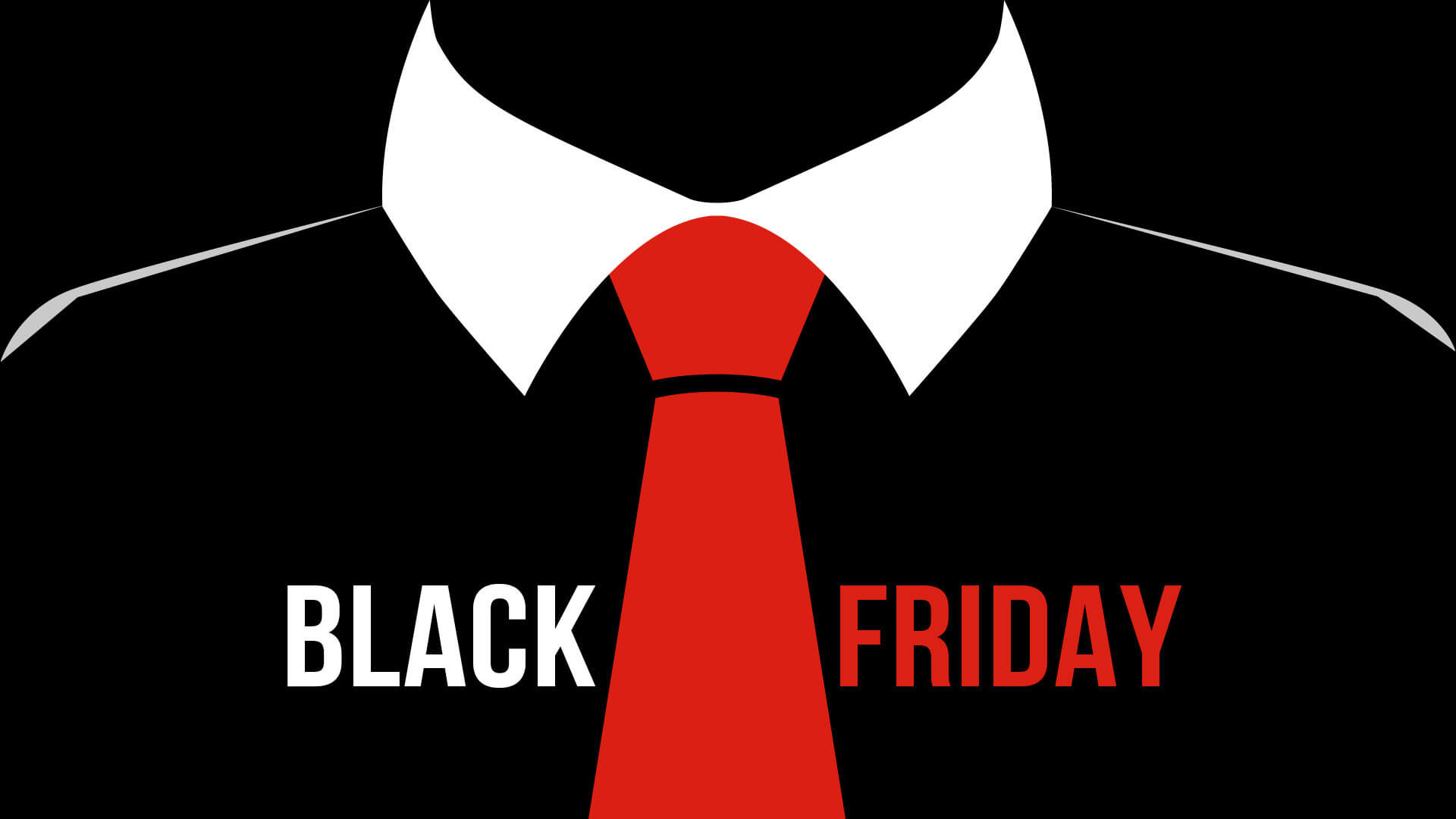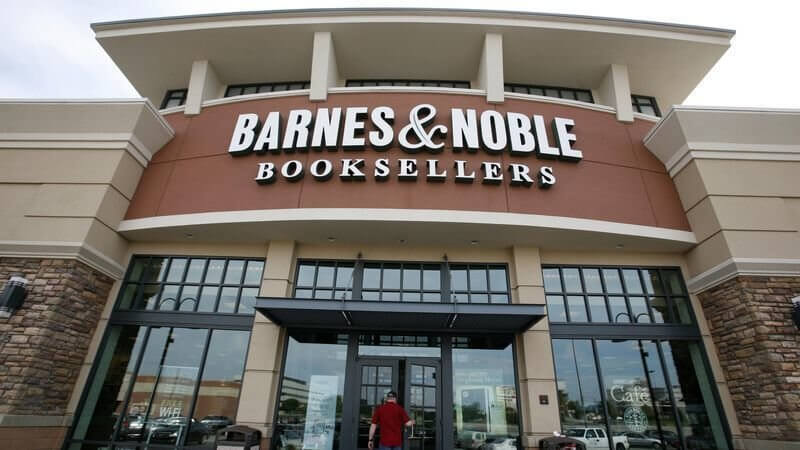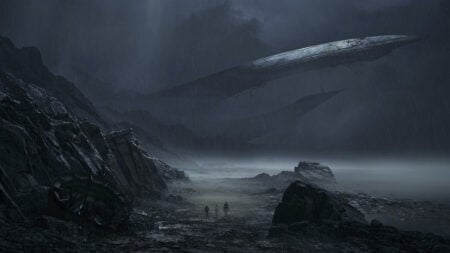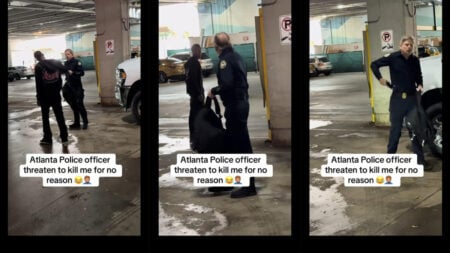Like it or not, the holiday season is here and it’s time to shop. You’ve no doubt already noticed the Christmas music playing in stores since seemingly the moment Halloween ended. You may have even bemoaned the fact that Christmas seems to come earlier and earlier every year (and it may be hurting retail sales). But heavy consumerism on Black Friday has become as much of the part of the holiday season in the U.S. as costumes on Halloween, turkey on Thanksgiving, and the War on Christmas in the minds of people who watch Fox News.
But how big is Black Friday, really? It’s easy to assume that, in the age of online shopping, nobody cares about brick and mortar stores anymore. After all, why brave the cold, wet weather and fanatic sales warriors when you can get the same deals cozied up on your couch with a glass of egg nog and your laptop?
And you wouldn’t be entirely wrong to assume that Black Friday has declined in our culture. Over 7,000 retail stores have closed in the U.S. this year. And, according to studies by international consultants PricewaterhouseCoopers, only 36% of people plan to go out and shop on Black Friday compared to 51% just three years ago. They also found that this is the first year ever that a majority of people plan to do their holiday shopping online. There’s also been international backlash to the consumer holiday, with Amazon workers striking in Germany and climate protests in France.
But traditional retail stores are still doing everything they can to stay afloat. This Black Friday, American Eagle stores put their new jean customization stations front and center in their mall locations. JC Penney, who stopped carrying appliances last year, is featuring their luggage collections and bed sets. Barnes & Noble, who was recently bought by the private U.K. book powerhouse Waterstones, has rearranged their floor plans and merchandising of their stores in order to put more of an emphasis on books (if that seems like a weird “change” for a bookstore, you haven’t been in a Barnes & Noble in a while).
Although they are still gaining in popularity, there are some signs that online shopping has begun to level off. This year online sales on Black Friday were up by 19%, which is down from 23% growth just last year. And Black Friday is still by far the biggest shopping day of the year.
Some analysts think that retailers are beginning to understand that the landscape is changing. Bargain hunters will always be able to find cheaper prices and more convenience online. According to Peter Fader, professor of marketing at the Wharton School of the University of Pennsylvania, retailers may be finding that building a regular and loyal customer base makes more sense than catering to a crowd that may only come to their store one day a year.
So while Black Friday may not–or ever again–be the behemoth it once was, it is still firmly seated as the king of all shopping days.








